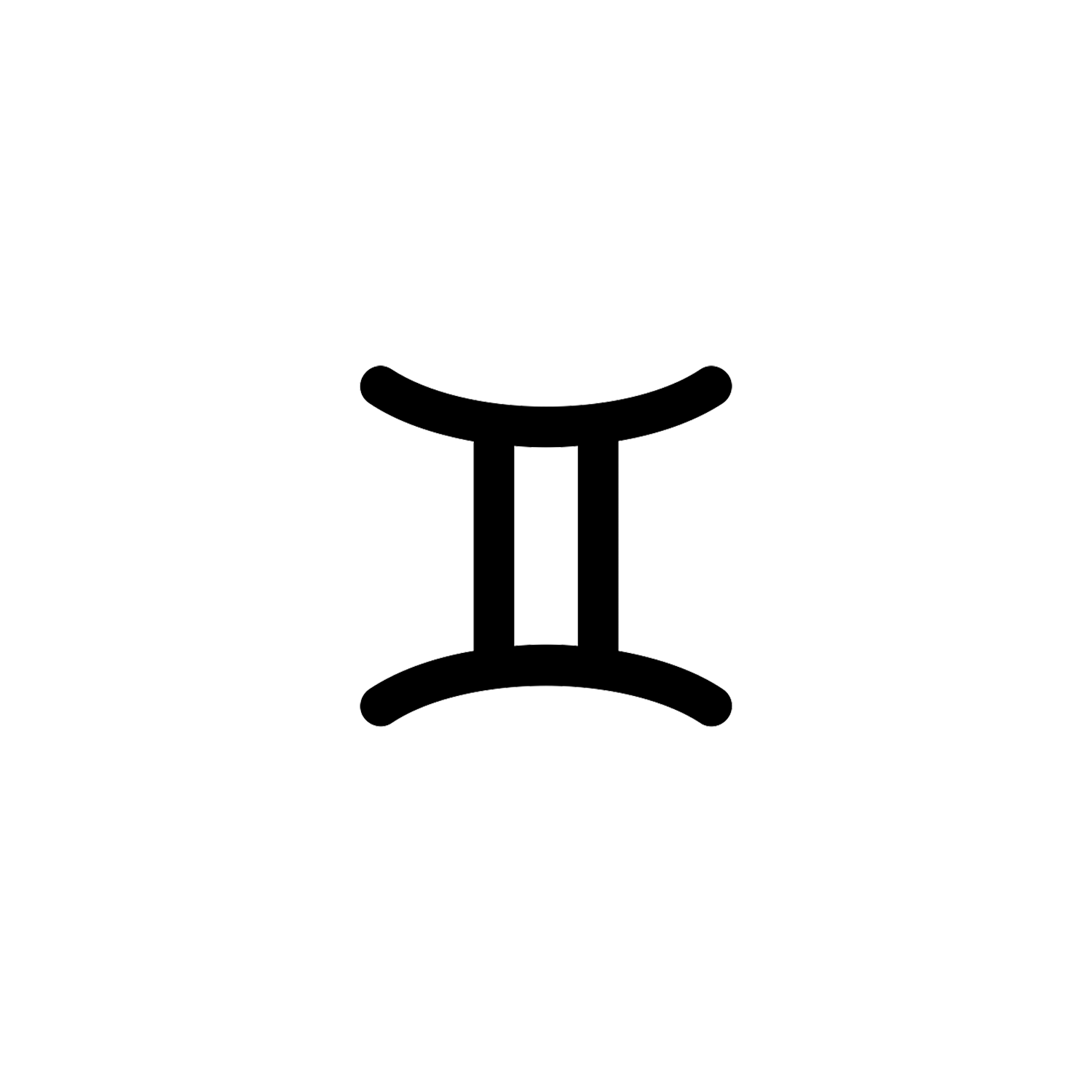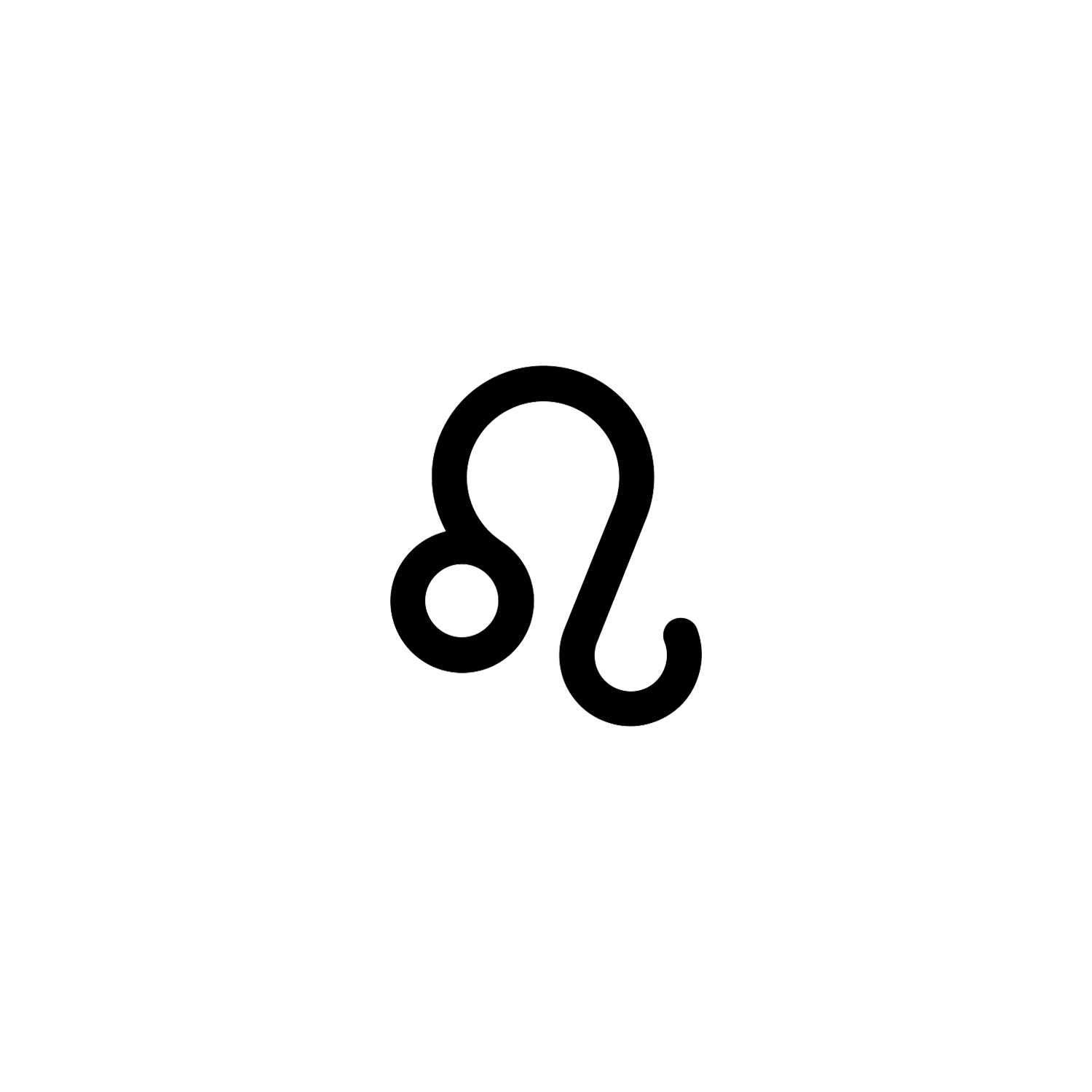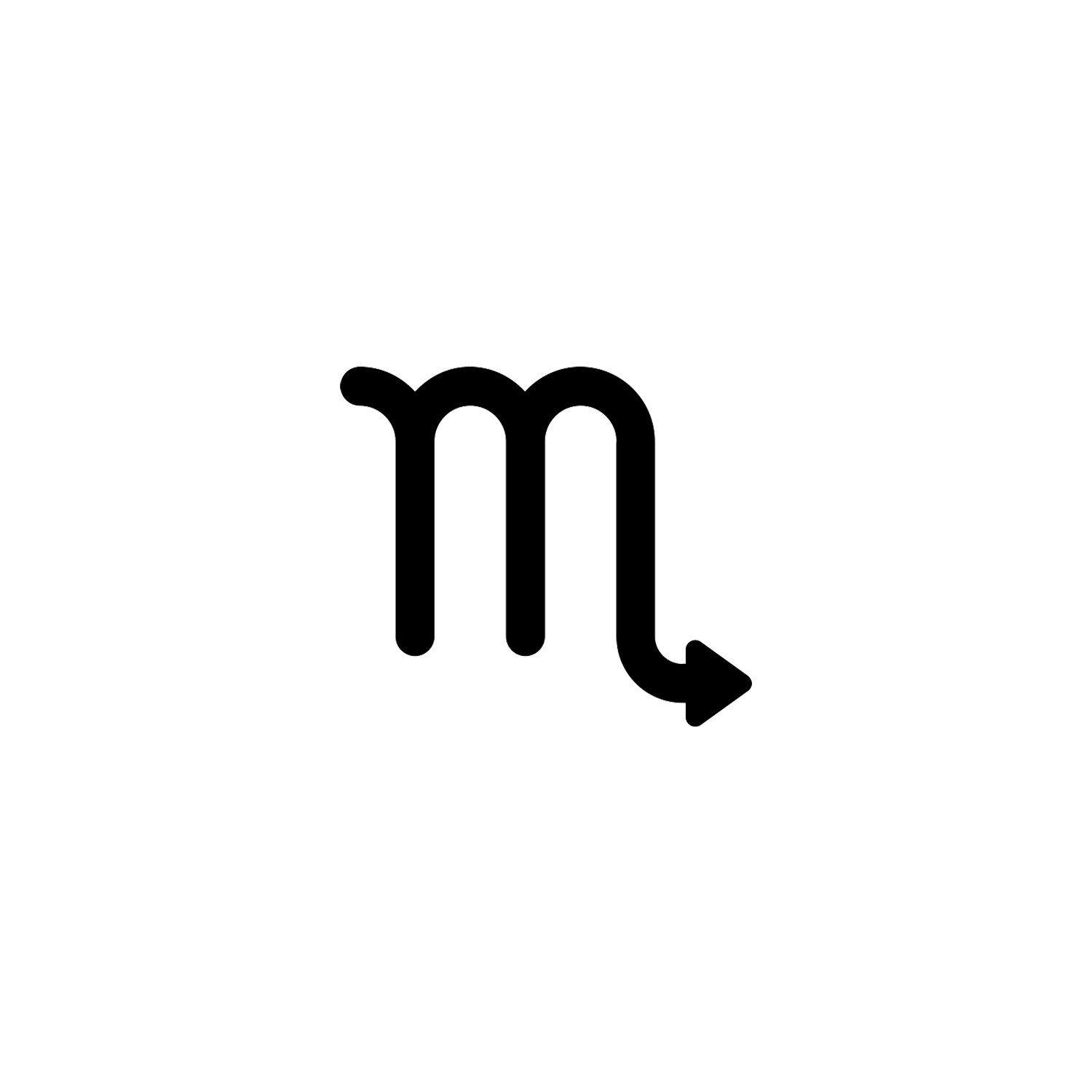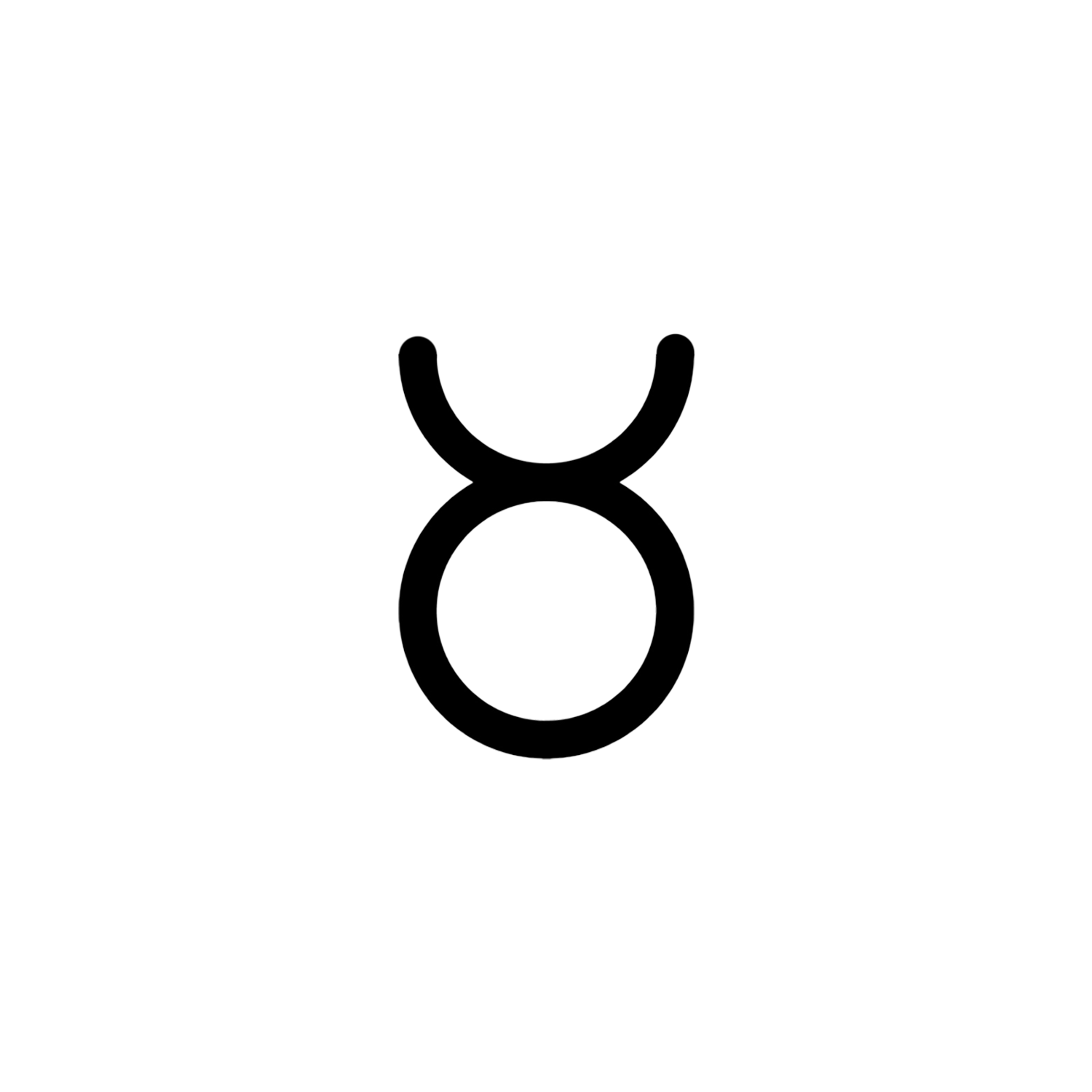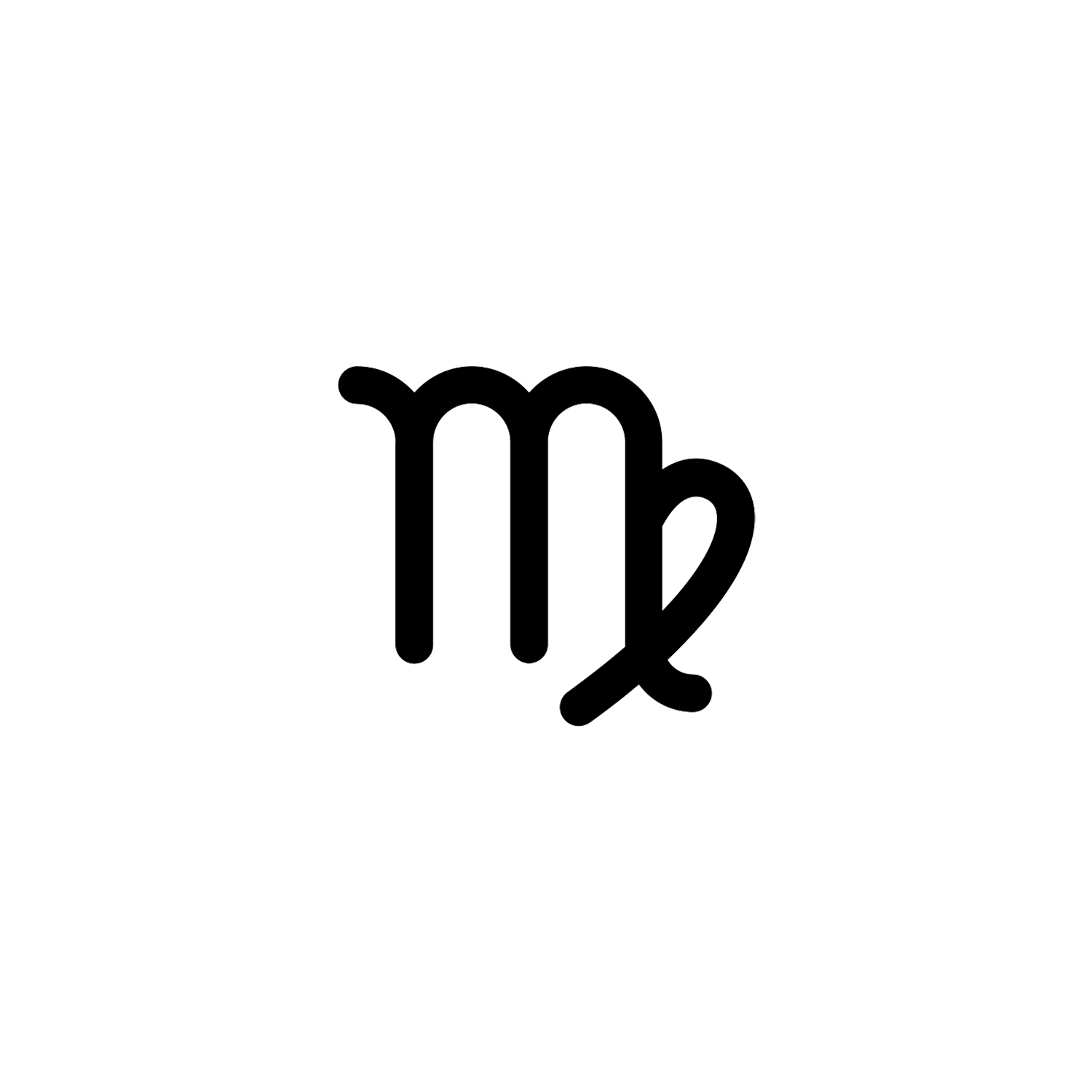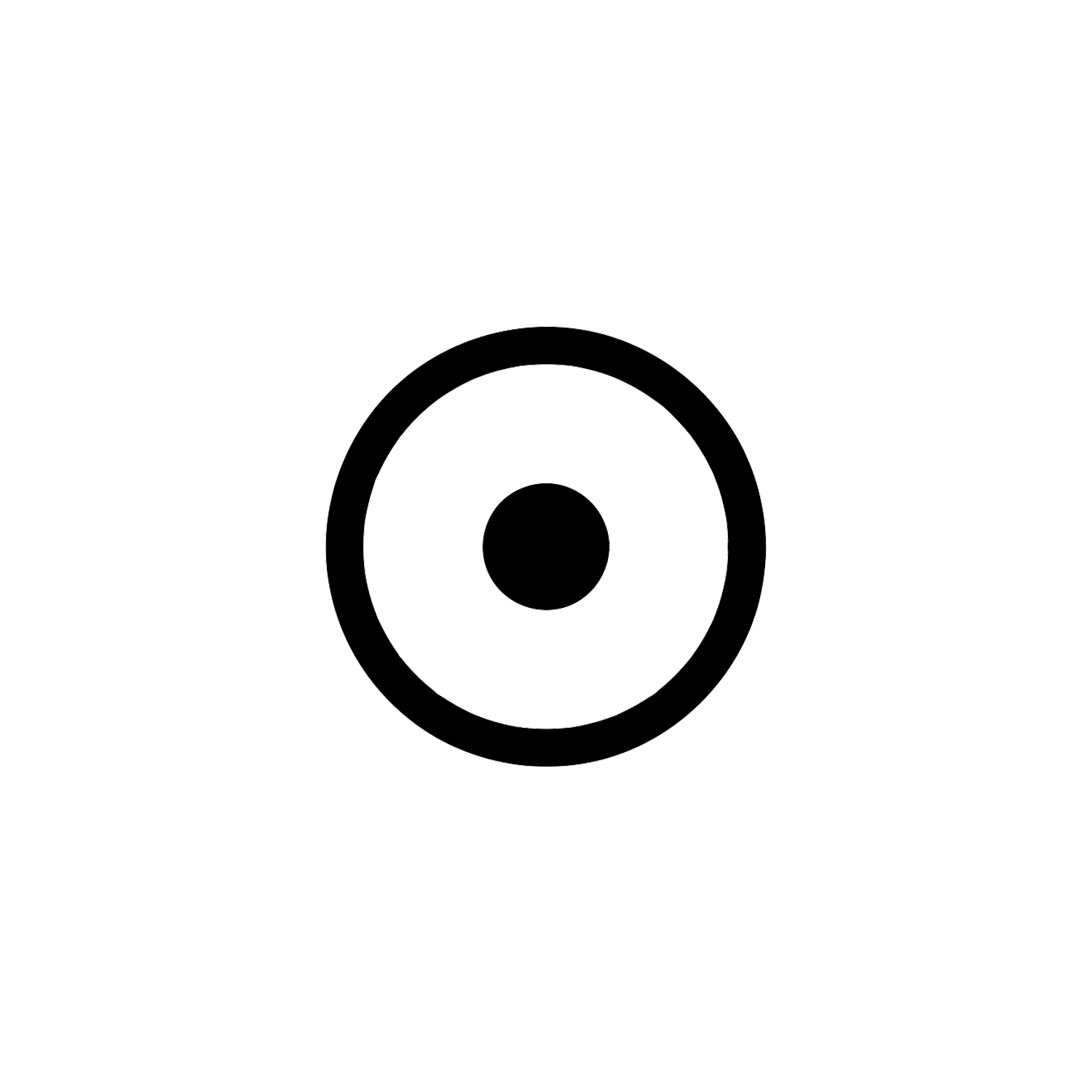Aries
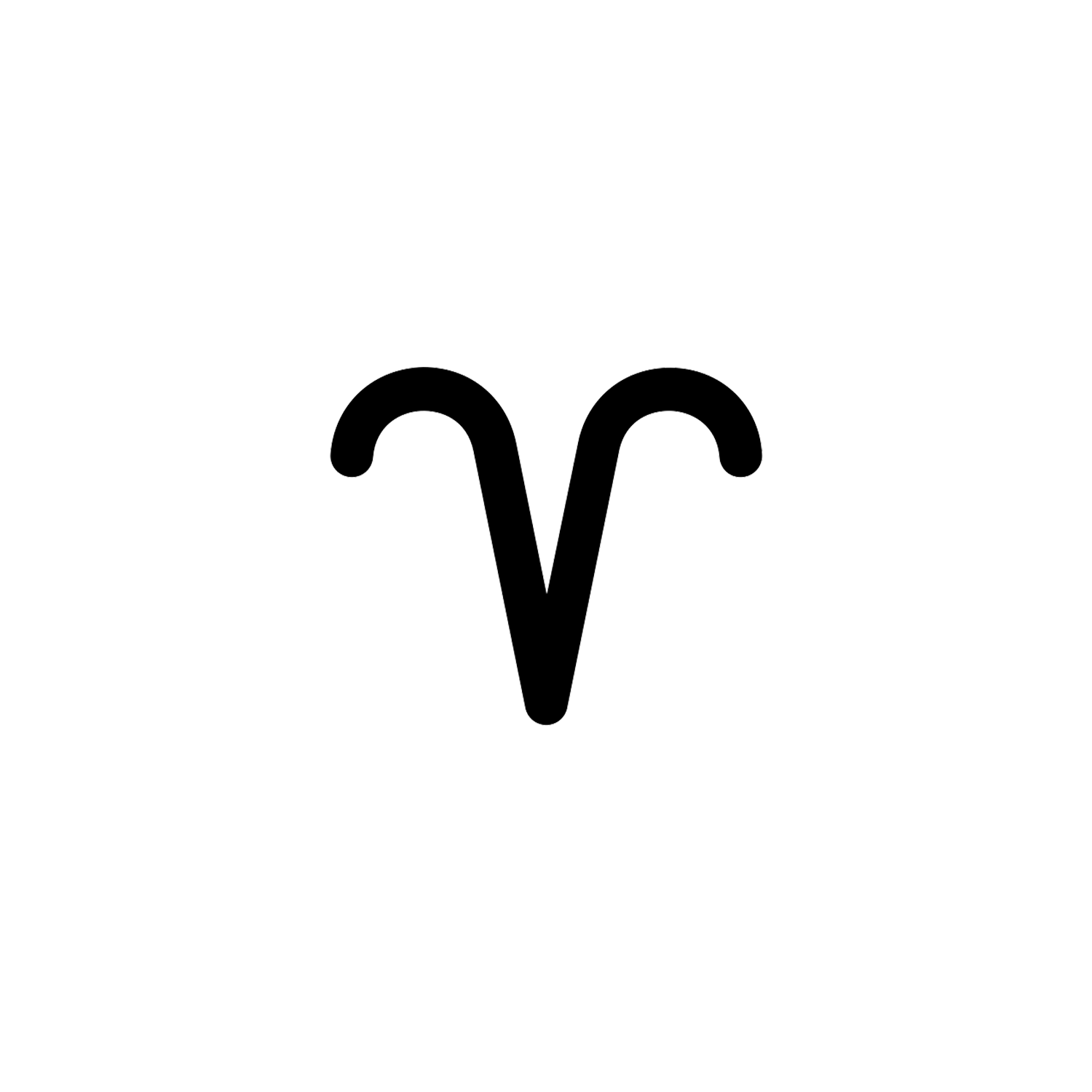

Aries
The first astrological sign in the zodiac.
Overview
Aries (Greek: Κριός, romanized: Kriós, Latin: Ariēs, lit. ’ram’) is the first astrological sign in the zodiac, spanning the first 30 degrees of celestial longitude (0°≤ λ <30°), and originates from the Aries constellation. Under the tropical zodiac, the Sun transits this sign from approximately March 21 to April 19 each year.[1]
This time-duration is exactly the first month of the Solar Hijri calendar (Arabic Hamal/Persian Farvardin/Pashto Wray).[2]
Its representation as a ram is identified with the Egyptian god Amon-Ra and, in Greek mythology, with the ram with the golden fleece, on the back of which Phrixus, the son of King Athamas, safely fled Thessaly to Colchis, where he sacrificed the ram to Zeus, who placed it in the heavens as the constellation. The ram’s golden fleece was recovered by Jason, leader of the Argonauts.
According to the tropical system of astrology, the Sun enters the sign of Aries when it reaches the March equinox, typically on March 21. Because the Earth takes approximately 365.24 days to go around the Sun, the precise time of the equinox is not the same each year, and generally will occur about six hours later from one year to the next until reset by a leap year. The leap day February 29 causes that year’s March equinox to fall about eighteen hours earlier compared with the previous year.

In Greek Mythology, the symbol of the ram is based on the Chrysomallus, the flying ram that rescued Phrixus and Helle, the children of the Boeotian King Athamas and provided the Golden Fleece.
There is no link between Aries and Ares, the god of war, often pictured with a vulture and whose origin stems from ἀρή (arē), the Ionic form of the Doric ἀρά (ara), “bane, ruin, curse, imprecation”.[3][4]


Astrology
In Western astrology, the polarity divides the zodiac in half and refers to the alignment of a sign’s energy as either positive or negative, with various attributes associated to them as a result.[5]
Positive polarity signs, also called active, yang, expressive, or masculine signs, are the six odd-numbered signs of the zodiac: Aries, Gemini, Leo, Libra, Sagittarius, and Aquarius. Positive signs make up the fire and air triplicities.[6][7]
Negative polarity signs, also called passive, yin, receptive, or feminine signs,[8] are the six even-numbered signs of the zodiac: Taurus, Cancer, Virgo, Scorpio, Capricorn, and Pisces. Negative signs make up the earth and water triplicities.[9]
Aries is one of the six positive signs of the zodiac and its one of the four modality cardinal of the zodiac. Aries is one of the three fire signs in the zodiac, along with Leo and Sagittarius. The ruling planet is Mars.[10] Individuals born while the Sun is in this sign may be called Ariens.[11] The color for Aries is red.[12]
The equivalent in the Hindu solar calendar is Meṣa.[13]

Astronomy
Aries is one of the constellations of the zodiac. It is located in the Northern celestial hemisphere between Pisces to the west and Taurus to the east. The name Aries is Latin for ram. Its old astronomical symbol is the one recognized to this day. It is one of the 48 constellations described by the 2nd century astronomer Ptolemy, and remains one of the 88 modern constellations. It is a mid-sized constellation ranking 39th in overall size, with an area of 441 square degrees (1.1% of the celestial sphere).
Aries has represented a ram since late Babylonian times. Before that, the stars of Aries formed a farmhand. Different cultures have incorporated the stars of Aries into different constellations including twin inspectors in China and a porpoise in the Marshall Islands. Aries is a relatively dim constellation, possessing only four bright stars: Hamal (Alpha Arietis, second magnitude), Sheratan (Beta Arietis, third magnitude), Mesarthim (Gamma Arietis, fourth magnitude), and 41 Arietis (also fourth magnitude). The few deep-sky objects within the constellation are quite faint and include several pairs of interacting galaxies. Several meteor showers appear to radiate from Aries, including the Daytime Arietids and the Epsilon Arietids.

Aries is now recognized as an official constellation, albeit as a specific region of the sky, by the International Astronomical Union. It was originally defined in ancient texts as a specific pattern of stars, and has remained a constellation since ancient times; it now includes the ancient pattern and the surrounding stars.[14] In the description of the Babylonian zodiac given in the clay tablets known as the MUL.APIN, the constellation, now known as Aries, was the final station along the ecliptic. The MUL.APIN was a comprehensive table of the rising and settings of stars, which likely served as an agricultural calendar. Modern-day Aries was known as MULLÚ.ḪUN.GÁ, “The Agrarian Worker” or “The Hired Man”.[15]
The earliest identifiable reference to Aries as a distinct constellation comes from the boundary stones that date from 1350 to 1000 BC. On several boundary stones, a zodiacal ram figure is distinct from the other characters. The shift in identification from the constellation as the Agrarian Worker to the Ram likely occurred in later Babylonian tradition because of its growing association with Dumuzi the Shepherd. By the time the MUL.APIN was created—in 1000 BC—modern Aries was identified with both Dumuzi’s ram and a hired labourer. The exact timing of this shift is difficult to determine due to the lack of images of Aries or other ram figures. [16]
In ancient Egyptian astronomy, Aries was associated with the god Amun-Ra, who was depicted as a man with a ram’s head and represented fertility and creativity. Because it was the location of the vernal equinox, it was called the “Indicator of the Reborn Sun”.[17] During the times of the year when Aries was prominent, priests would process statues of Amon-Ra to temples, a practice that was modified by Persian astronomers centuries later. Aries acquired the title of “Lord of the Head” in Egypt, referring to its symbolic and mythological importance.[18]

Aries was not fully accepted as a constellation until classical times.[19] In Hellenistic astrology, the constellation of Aries is associated with the golden ram of Greek mythology that rescued Phrixus and Helle on orders from Hermes, taking Phrixus to the land of Colchis.[20][21][22] Phrixus and Helle were the son and daughter of King Athamas and his first wife Nephele. The king’s second wife, Ino, was jealous and wished to kill his children. To accomplish this, she induced famine in Boeotia, then falsified a message from the Oracle of Delphi that said Phrixus must be sacrificed to end the famine. Athamas was about to sacrifice his son atop Mount Laphystium when Aries, sent by Nephele, arrived.[23] Helle fell off of Aries’s back in flight and drowned in the Dardanelles, also called the Hellespont in her honour. [24][25][26]
Historically, Aries has been depicted as a crouched, wingless ram with its head turned towards Taurus. Ptolemy asserted in his Almagest that Hipparchus depicted Alpha Arietis as the ram’s muzzle, though Ptolemy did not include it in his constellation figure. Instead, it was listed as an “unformed star”, and denoted as “the star over the head”. John Flamsteed, in his Atlas Coelestis, followed Ptolemy’s description by mapping it above the figure’s head.[27][28] Flamsteed followed the general convention of maps by depicting Aries lying down.[29] Astrologically, Aries has been associated with the head and its humors.[30] It was strongly associated with Mars, both the planet and the god. It was considered to govern Western Europe and Syria and to indicate a strong temper in a person.[31]
Differences between Astrology and Astronomy
Astrological signs are now only used in astrology to tell fortunes and describe people’s characters. Zodiac constellations are the subject of astronomy. Previously, they marked the passage of time and the seasons for ancient people and helped create calendars. Even now, they are used for marine navigation and astronomical observations. For instance, they are especially useful for amateur astronomers as reference points to locate planets.
Astrology is a pseudoscience.[32] Scientific investigations of the theoretical[33] basis and experimental verification of claims[34] have shown it to have no scientific validity or explanatory power. More plausible explanations for the apparent correlation between personality traits and birth months exist, such as the influence of seasonal birth in humans.
The zodiac signs’ dates are now about a month ahead of when the Sun meets the corresponding constellations. These dates were established more than two thousand years ago, but today things changed. For example, Aries now meets the Sun around April 19 (the exact date depends on the year and your timezone) instead of the astrological date of March 21. So, most people who think of themselves as Aries were born when the Sun was in Pisces.
The reason for this time shift is the axial precession of the Earth. Our planet is like a spinning top: it’s flattened at the poles and bulges at the equator, pulled by the Moon and Sun. So, it wobbles as it spins, tracing a cone of 23.5° radius with its axis. The wobble is called the precession of the Earth’s axis, or the precession of the equinoxes. Each spin lasts one day, but each gyration around the cone takes 25,800 years. The movement slowly alters the view of the zodiac from the Earth, making the constellations appear to slide to the east about 1° per human lifetime.
Moreover, just as in ancient times, now the Sun passes through the 13th constellation Ophiuchus that we mentioned above. So, no zodiac constellation meets the Sun from around November 30 to December 17, but, in astrology, these days belong to the sign Sagittarius.
It’s the astronomical view of things. Astrologers defend themselves by saying that they use the tropical zodiac, which is fixed to seasons, not the position of constellations. So, it’s your choice to believe whether you are Aries or Pisces, Sagittarius or Ophiuchus.

There are twelve constellations that roughly correspond to the traditional zodiac signs and are recognized as members of the zodiac family: Aries, Taurus, Gemini, Cancer, Leo, Virgo, Libra, Scorpius, Sagittarius, Capricornus, Aquarius, Pisces.
They are called “zodiac” on behalf of tradition. Beyond that, there is no reason why they are grouped this way.
Astrologers say that during the dates of a zodiac sign, the Sun is “in” the corresponding constellation. Over a year, the Sun regularly visits 13 constellations in the sky: Capricornus, Aquarius, Pisces, Aries, Taurus, Gemini, Cancer, Leo, Virgo, Libra, Scorpius, Sagittarius, and Ophiuchus. The last one doesn’t have its traditional zodiac sign, but why? To find out, we would have to ask the Babylonians.
Babylonian astronomers designated the 12 zodiac signs in the 5th century B.C. They knew the 13th constellation Ophiuchus, but it didn’t fit into the ancient calendar of 12 lunar months. So, Babylonians omitted Ophiuchus for convenience. Modern Western zodiac astrology still follows the Babylonian tradition. Moreover, astronomy constellation maps don’t include Ophiuchus in the zodiac family either – it belongs to the Hercules one.
Altogether, the 13 constellations are called the constellations of the ecliptic. The ecliptic refers to the imaginary plane containing the Earth’s orbit around the Sun. We from the Earth observe it as the Sun’s path in the sky throughout the year. Over a year, the Sun appears to regularly pass in front of the ecliptic constellations one by one. The entry and exit dates almost perfectly repeat. For Ophiuchus, these dates are November 30 to December 17 (the beginning and the ending may vary by day, depending on the year and your timezone).
Therefore, if you are born at the beginning of December, don’t be surprised that the Sun is “in” Ophiuchus and not the constellation Sagittarius.

Conclusion
In astrology, Aries is the first sign of the zodiac, considered as governing the period from about March 21 to about April 19.
Its representation as a ram is identified with the Egyptian god Amon and, in Greek mythology, with the ram with the golden fleece.
[1] "Aries". dictionary.com. n.d.
[2] Atsma, Aaron J. (2015). "Chrysomallus". The Theoi Project: Greek mythology.
[3] "The Myths of the Constellations"
[4] "The Mythology of Aries". www.gods-and-monsters.com.
[5] Hall, Judy (2005). The Astrology Bible: The Definitive Guide to the Zodiac. Sterling Publishing Company, Inc. p. 137. ISBN 978-1-4027-2759-7.
[6] Standen, Anthony (1975). "Is There An Astrological Effect On Personality". The Journal of Psychology. 89 (2): 259–260. doi:10.1080/00223980.1975.9915759. PMID 1151896. Archived from the original on July 25, 2020.
[7] van Rooij, Jan J. F. (1993). "Introversion-Extraversion: astrology versus psychology". Department of Psychology, University of Leiden, the Netherlands. 16 (6): 985–988. doi:10.1016/0191-8869(94)90243-7.
[8] Standen, Anthony (1975). "Is There An Astrological Effect On Personality". The Journal of Psychology. 89 (2): 259–260. doi:10.1080/00223980.1975.9915759. PMID 1151896. Archived from the original on July 25, 2020. Retrieved November 20, 2011.
[9] van Rooij, Jan J. F. (1993). "Introversion-Extraversion: astrology versus psychology". Department of Psychology, University of Leiden, the Netherlands. 16 (6): 985–988. doi:10.1016/0191-8869(94)90243-7.
[10] Sakoian, Frances (2001). The astrologer's handbook. HarperResource. OCLC 49659919.
[11] dictionary n.d., s.v. Aries.
[12] Orion, Rae (2011). Astrology for Dummies. p. 1. Hoboken, NJ: John Wiley & Sons. ISBN 9780470098400.
[13] Raman, Bangalore V. (2003). Studies in Jaimini Astrology. pp. 10-19. Motilal Banarsidass. ISBN 978-81-208-1397-7.
[14] Pasachoff, Jay M. (2000). A Field Guide to the Stars and Planets (4th ed.). pp. 128–189. Houghton Mifflin. ISBN 978-0-395-93431-9.
[15] Evans, James (1998). The History and Practice of Ancient Astronomy. p. 6. Oxford University Press. ISBN 978-0-19-509539-5.
[16] Rogers, John H. (1998). "Origins of the Ancient Constellations: I. The Mesopotamian Traditions". Journal of the British Astronomical Association. 108 (1): 9–28. Bibcode:1998JBAA..108....9R.
[17] Staal, Julius D. W. (1988). The New Patterns in the Sky: Myths and Legends of the Stars. pp. 36–41. The McDonald and Woodward Publishing Company. ISBN 978-0-939923-04-5.
[18] Olcott, William Tyler (2004). Star Lore: Myths, Legends, and Facts. p. 56. Courier Dover Publications. ISBN 978-0-486-43581-7.
[19] Rogers, John H. (1998). "Origins of the Ancient Constellations: II. The Mediterranean Traditions". Journal of the British Astronomical Association. 108 (2): 79–89. Bibcode:1998JBAA..108...79R.
[20] Pasachoff, Jay M. (2000). A Field Guide to the Stars and Planets (4th ed.). pp. 84–85. Houghton Mifflin. ISBN 978-0-395-93431-9.
[21] Ridpath, Ian (2001). Stars and Planets Guide. pp. 84–85. Princeton University Press. ISBN 978-0-691-08913-3.
[22] Moore, Patrick; Tirion, Wil (1997). Cambridge Guide to Stars and Planets (2nd ed.). pp. 128–129. Cambridge University Press. ISBN 978-0-521-58582-8.
[23] Ridpath, Ian (1988). "Aries: The Ram". Star Tales.
[24] Thompson, Robert Bruce; Thompson, Barbara Fritchman (2007). Illustrated Guide to Astronomical Wonders. pp. 90–91. O'Reilly Media. ISBN 978-0-596-52685-6.
[25] Pasachoff, Jay M. (2000). A Field Guide to the Stars and Planets (4th ed.). pp. 84–85. Houghton Mifflin. ISBN 978-0-395-93431-9.
[26] Moore, Patrick; Tirion, Wil (1997). Cambridge Guide to Stars and Planets (2nd ed.). pp. 128–129. Cambridge University Press. ISBN 978-0-521-58582-8.
[27] Ridpath, Ian (1988). "Aries: The Ram". Star Tales.
[28] Evans, James (1998). The History and Practice of Ancient Astronomy. pp. 41–42. Oxford University Press. ISBN 978-0-19-509539-5.
[29] Staal, Julius D. W. (1988). The New Patterns in the Sky: Myths and Legends of the Stars. pp. 36–41. The McDonald and Woodward Publishing Company. ISBN 978-0-939923-04-5.
[30] Winterburn, Emily (2008). The Stargazer's Guide: How to Read Our Night Sky. p. 5. Harper Collins. ISBN 978-0-06-178969-4.
[31] Olcott, William Tyler (2004). Star Lore: Myths, Legends, and Facts. pp. 57–58. Courier Dover Publications. ISBN 978-0-486-43581-7.
[32] Sven Ove Hansson; Edward N. Zalta. "Science and Pseudo-Science". Stanford Encyclopedia of Philosophy. Retrieved 6 July 2012. There is widespread agreement for instance that creationism, astrology, homeopathy, Kirlian photography, dowsing, ufology, ancient astronaut theory, Holocaust denialism, Velikovskian catastrophism, and climate change denialism are pseudosciences.
[33] Vishveshwara (1989). S.K. Biswas; D.C.V. Mallik; C.V. Vishveshwara (eds.). Cosmic Perspectives: Essays Dedicated to the Memory of M.K.V. Bappu (1. publ. ed.). Cambridge, England: Cambridge University Press. ISBN 978-0-521-34354-1.
[34] Carlson, Shawn (1985). "A double-blind test of astrology" (PDF). Nature. 318 (6045): 419–425. Bibcode:1985Natur.318..419C. doi:10.1038/318419a0. S2CID 5135208. Archived (PDF) from the original on 2019-02-16.
Latest Symbols
Monthly Digest
A summary of symbols for the month in a quick read format straight to your inbox.








